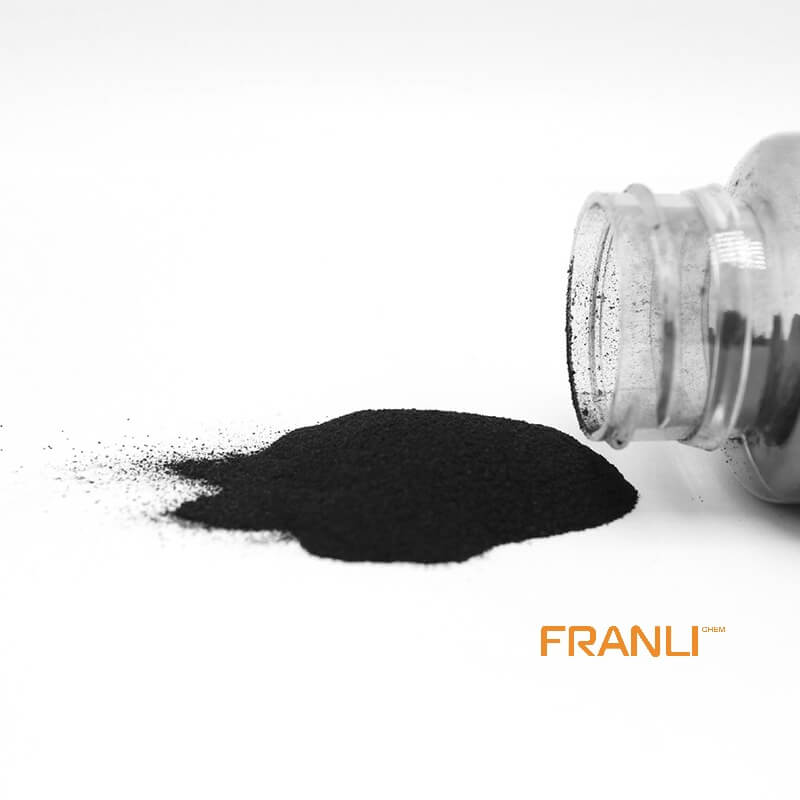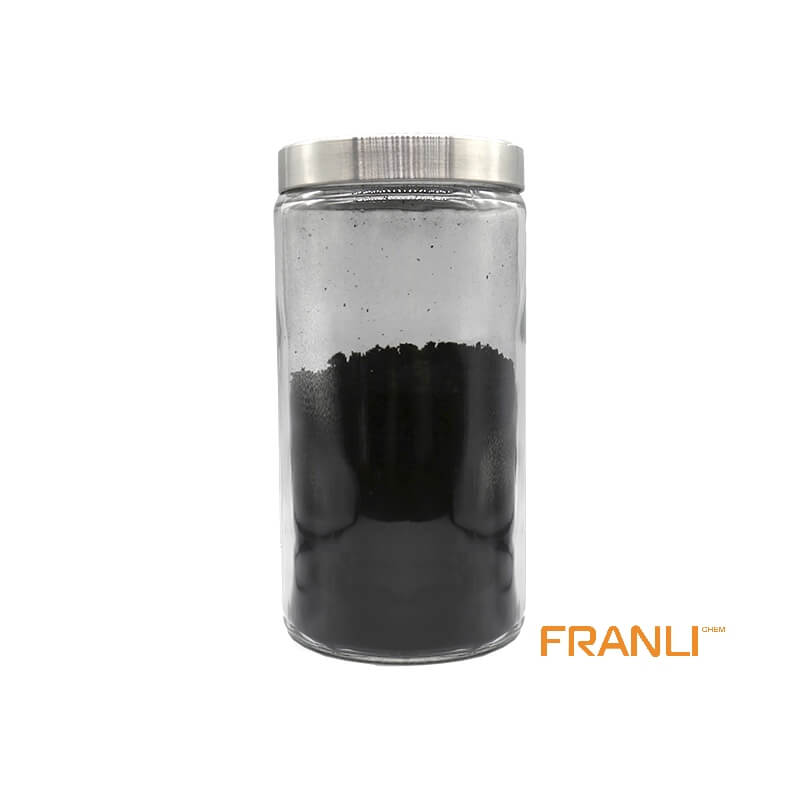

Graphene
Size
1-2nm thick x 0.5-5microns wide
Package
According to customer requirements
Features
High strength, high electrical conductivity, etc.
Application
Can be used as filler(between 0.01% and 5%).
Graphene, as the thinnest, toughest and best conductive nano material found at present. It is a two-dimensional crystal composed of carbon atoms stripped from graphite material with only one layer of atom thickness. Known as “black gold”, it is “the king of new materials”. Scientists even predicted that graphene “will completely change the 21st century”.
Request a quoteGraphene, known as the “king of new materials”, has attracted social attention not only in the fields of electronic products, new energy batteries, and aerospace but also in the field of medical treatment.
Recently, the scientific research team of Olomouc University in the Czech Republic announced that graphene has been used to develop the world’s smallest metal magnet, which can be used in many fields such as nuclear magnetic resonance imaging, water treatment, biochemistry, and electronics. Because of the larger surface area, biological adaptability, chemical stability, and other characteristics of graphene, graphene is highly expected in drug delivery, cancer treatment, and biosensor.
The biosensor is a rapidly developing new technology. In medical applications, using graphene as a sensor for in vitro detection is an important research and application direction.

“At present, the research of graphene in the medical field has just started, some of which remain at the theoretical level, and a few can be studied experimentally. Only the function of in vitro detection as a sensor is expected to be promoted to industrial application.” At the 2016 China International graphene Innovation Conference held in Qingdao, Cui Daxiang, vice president of the Institute of translational medicine of Shanghai Jiaotong University, accepted an exclusive interview with China business daily.
The combination of graphene and other nanoparticles as a sensor for in vitro disease detection has been demonstrated in clinical experiments. The scientific research team of Shanghai Jiaotong University has made some breakthroughs in this regard. They experimentally demonstrated the application of breath detection and saliva detection.
There are very few tumor markers or disease markers in exhaled gas, so the sensitivity of detection is very high. Compared with conventional detection, graphene can improve the sensitivity of detection by at least three orders of magnitude, and some can even reach single-molecule detection.
It is revealed that Cui Daxiang’s team has developed a sensor to detect gastric cancer through exhalation, and the technology is relatively mature. The team will further study the detection of lung cancer and other tumors.

“After our demonstration, exhalation test should become the fourth largest routine test after blood routine, urine routine, and stool routine. Exhalation is more convenient and noninvasive, and physical changes can be detected anytime, anywhere, and in time.” Cui Daxiang said.
Previously, in 2015, the team of Professor Zhang Guojun from the nano biosensor center of Hubei University of traditional Chinese medicine cooperated with the team of Professor Wang Hua from the College of acupuncture and bone injury to deposit gold nanoparticles and graphene on the top surface of the acupuncture needle by electrochemical method to construct the nano acupuncture sensing needle.
It is reported that such nano acupuncture sensing needle is not only stable, but also sensitive to pH, but also has good detection sensitivity and selectivity for neurotransmitters such as dopamine, which can be used for the detection of dopamine in the body.

In addition to in vitro detection, the current research also involves the use of graphene in drug delivery carriers, tumor treatment, antibacterial sterilization, artificial implantation equipment, and so on. However, it can not be ignored that the application of in vivo therapy is still in the early stage, with high risk.
Graphene can be used for drug delivery, mainly because its large surface area allows a large number of drugs to be delivered to specific areas of the body. Graphene oxide can be used as an anticancer agent against specific cancer cells. Combined with the current treatment, it may shrink the tumor, and curb the speed of cancer development and relapse after treatment.
Graphene can be used as an adjuvant to improve the effectiveness of other experimental drugs. The coupling of graphene and sarcosine can stimulate immune cells in vivo to secrete more cytokines, which can kill tumors and significantly improve immunity. However, this technology is still a long way from the human application. The graphene provided by franli is of good quality and has very good performance. Welcome to buy it.



